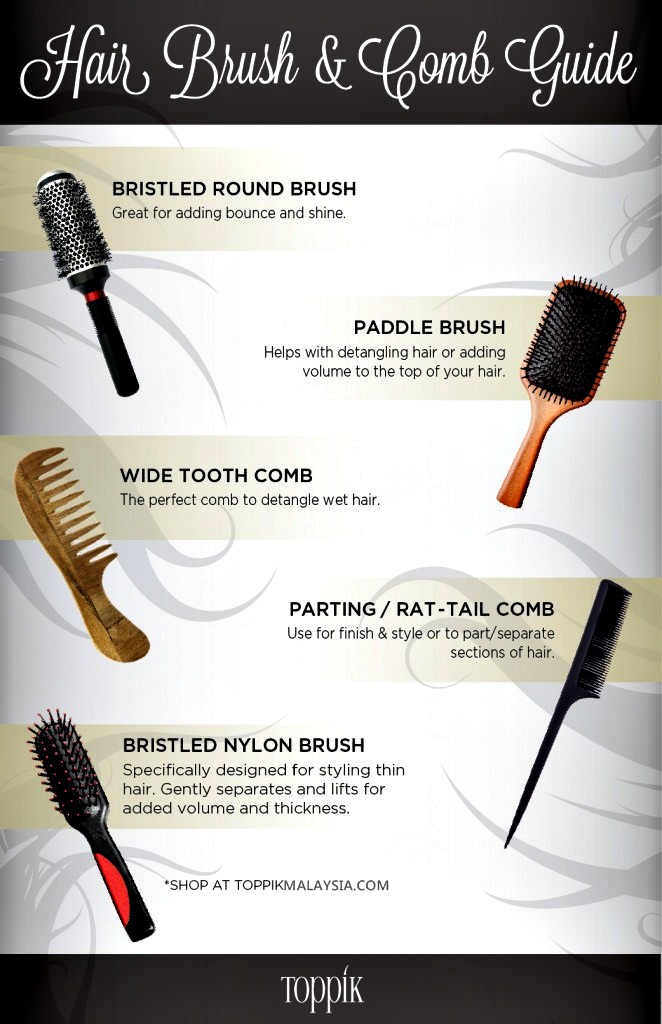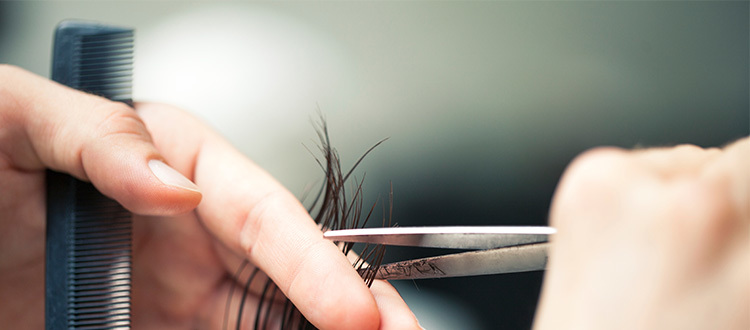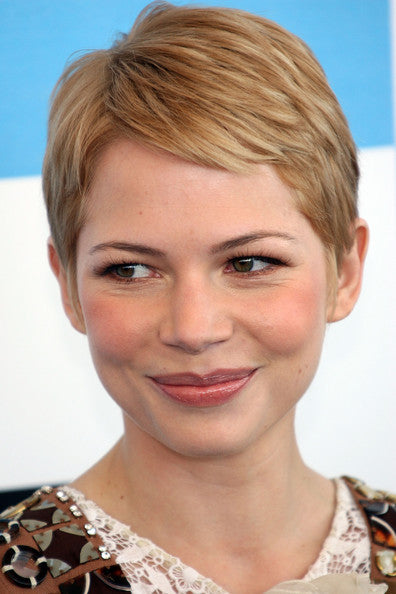Ever wonder what is the most prevalent and sought after hair loss treatment centre in malaysia?
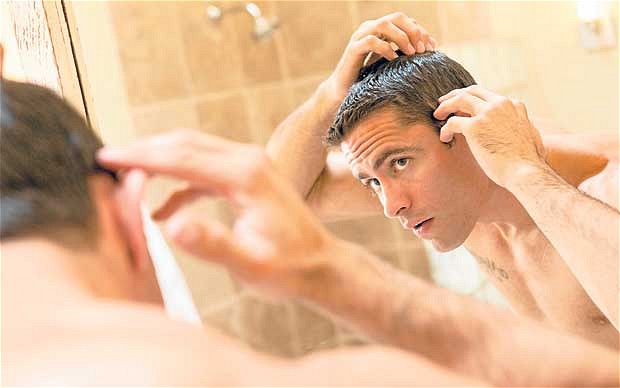
Below is the TOP 6 List of Hair Care Centre most people are going in malaysia ( based on popularity )
- 101 Hair Care
- Yun Nam Hair Care
- Svenson Hair Care
- Miracle Hair Expert
- Origin Herbal Hair Treatment
- Neeta’s Herbal Treatment
FACT ON HAIR LOSS IN MEN AND WOMEN
Hair loss In Men
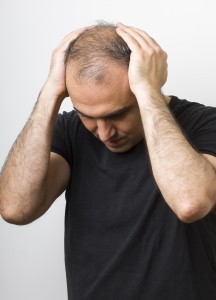
According to the American Hair Loss Association, about 85% of men
will have significant hair thinning by the time they turn 50, and some
men will even begin to lose hair as early as 21.
We think even just reading those figures could make you lose your
hair! However, if you equip yourself with the facts, you can tackle this
challenging phase of your life with confidence.
The key is to know what type of hair loss you’re experiencing, what’s
causing it, and the different treatment options available to you.
Read on to learn more about hair loss and the different treatments available for hair regrowth for men.
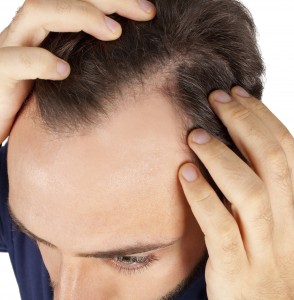
Types of Hair Loss
Most men can expect to encounter one of these four types of hair loss at some point in their lives.
Involutional Alopecia
Involutional alopecia is the gradual thinning of the hair that occurs
with age. It is a natural condition that happens as more and more hair
follicles go into the telogen, or “resting” phase. In this phase, hair
continues to get shorter with fewer hairs growing, and it becomes harder
to regrow hair.
Androgenetic Alopecia
Androgenetic alopecia, also known as male pattern baldness, is a
hereditary condition characterized by a receding hairline and gradual
disappearance of the hair from the top of the scalp. This condition is
responsible for the vast majority of hair loss in males. It can affect
both men and women, but men can experience this type of hair loss as
early as their teens or early 20’s.
Men who suffer from male pattern baldness have actually inherited
hair follicles that have a genetic sensitivity to Dihydrotestosterone
(DHT). DHT shortens the lifespan of the affected hair follicles, and
eventually stops the production of new follicles.
Alopecia Areata
Alopecia areata is an autoimmune skin disease that results in hair loss
on the scalp and elsewhere on the body. It occurs when your immune
system mistakenly attacks hair follicles, which is where hair growth
begins. It is not permanent, but experts do not know the cause of the
attack on the hair follicles.
Patients and doctors usually begin to notice when clumps of hair fall
out, which causes small, round patches of visible and exposed scalp on
top of the head. In about 90% of people with this condition, the hair
may return within a few years.
Telogen Effluvium
Telogen Effluvium is a temporary condition that develops when there is a
change in the number of hair follicles growing hair. It is caused by a
large number of hairs entering the Telogen or “resting” phase at the
same time, which causes the hair follicles to become dormant, and
subsequent shedding and thinning occurs.
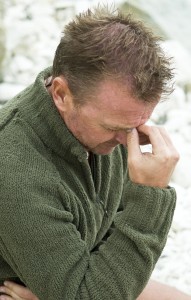
Causes for Hair Loss
Now that you know the types of hair loss that can occur in males,
it’s important to understand the causes, and if there are any
preventative measures one can take to help minimize hair loss.
There are many causes for hair loss, but luckily, in most cases, hair regrowth for men is possible.
Medical Conditions
Medical conditions, such as thyroid disease, lupus, diabetes, iron
deficiency, eating disorders, and anemia can all cause hair loss.
While hair loss is a normal response under these circumstances, it’s
important to understand the effects of other medical conditions on the
body. Once the underlying problem is treated, in many cases, the hair
will return.
Diet
A balanced diet is key to good health. If the body isn’t getting enough
essential vitamins, minerals, and nutrients, then the body’s organs,
tissues, and cells may not be functioning properly.
Protein, iron, zinc and biotin deficiencies have all been linked to
hair loss in men. In addition to deficiencies, having too much of
certain nutrients, such as vitamin A or carotenes can also cause
premature male pattern baldness.
Stress
Short-term, everyday stress, such as work or family life, is not going
to cause your hair to fall out. A major life event though, or something
that causes you to lose sleep at night or a change in appetite, could
raise the level of stress hormones in your body. Hopefully this kind of
stress will go away over time, and once it does, male hair growth will
be possible again.
Hormones
Dihydrotestosterone (DHT) shortens the growth cycle of your hair and
increases the resting phase. Overtime, hair begins to grow less and
becomes shorter until it stops growing altogether. Unfortunately, genes
can make certain hair follicles (usually in the front and crown of the
head) especially sensitive to this hormone. Furthermore, excess levels
of testosterone often result in higher levels of DHT and therefore an
increase in hair loss or baldness.
Genes
More than 95% of male hair loss is due to male pattern baldness, which
is genetic. Contrary to popular belief, this gene can come from either
parent. Unfortunately this type of hair loss is impossible to prevent,
but there are men’s hair growth treatments that, when used early enough
in the hair loss process, can help counteract the genetic trait.
One of the most difficult parts of hair loss is knowing the right
product or products to use to help treat it. Read on to learn the best
treatment to use for the type of hair loss you have.
Treatments and Solutions for Hair Loss
Ask yourself: Are you looking for a long-term male hair growth treatment, or an everyday cosmetic solution?
Hair Regrowth
The treatment contains FDA-approved 5% Minoxidil ( Rogaine ), which
is clinically proven to help regrow hair. Applied twice daily to the
area of hair loss on the scalp, results can be seen as early as two
months, but can sometimes take up to four. Continuous use of this
product is needed in order to maintain hair regrowth.
Hair loss In Women
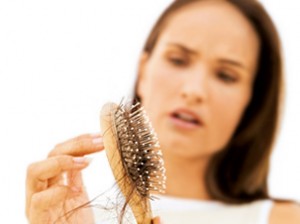
Although you may think that hair loss is strictly a male disease, you
may be surprised to find that women make up 40% of hair loss sufferers.
Whether it’s sudden hair loss in women or gradual, most women suffer
in silence, too upset or embarrassed to admit what they’re going through
or to seek help. Instead they change their hairstyle or hair color in
an effort to cover up the real issues at hand.
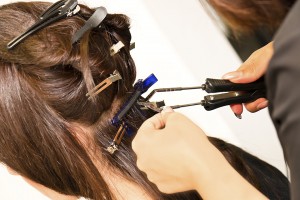
Types of Hair Loss
There are four main types of hair loss for women. Once you know the
type of hair loss you have, it will become easier to treat and take care
of your hair.
Androgenetic Alopecia
Androgenetic alopecia, or female pattern baldness, is the most common
form of hair loss in women. Genes play a large role in this disease, and
it can be passed on from either the mother or the father, and can start
as early as the late teens.
Unlike males, who will lose hair in the crown of their hair or on the
top of the scalp, female pattern baldness is characterized by
widespread thinning on the scalp. The first sign of hair loss is often
widening of the part or the ponytail becoming smaller.
Telogen Effluvium
When hair follicles in the anagen (growing) phase or catagen (resting)
phase abnormally transition to the shedding (telogen) phase, it is known
as telogen effluvium, and can cause sudden hair loss in women. It is
usually brought on by a stressful event, and can incite handfuls of hair
to fall out at a time.
The good news is that recovery is almost always possible with this type of hair loss in women.
Traction alopecia
This condition is caused by tight hairstyles that pull at hair over time
and cause damage to the hair follicles. If the condition is detected
early enough, the hair will grow back successfully. Braiding, cornrows,
tight ponytails, extensions and weaves are the most common hairstyles
that can contribute to traction alopecia.
Alopecia Areata
Alopecia areata is an autoimmune skin disease that results in hair loss
on the scalp and elsewhere on the body. It occurs when your immune
system mistakenly attacks hair follicles, which is where hair growth
begins. It is not permanent, but experts do not know the cause of the
attack on the hair follicles.
Patients and doctors usually begin to notice when clumps of hair fall
out, causing small, round patches of visible and exposed scalp on top
of the head. In about 90% of people with this condition, the hair may
return within a few years.
Now that you know the different types of hair loss that can occur in
women, it’s important to understand the causes, and how you can prevent
or postpone hair loss from happening.
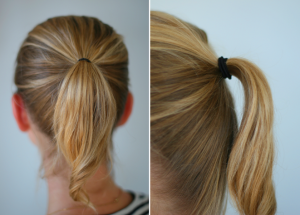
Causes for Hair Loss
Knowing the different ways in which hair loss can affect you is just
as important as knowing the different types of hair loss. By
understanding what is causing the problem, you have a chance to stop or
delay hair loss from happening.
Hormones
Androgenetic alopecia can be caused by a variety of factors tied to the
actions of hormones, including, ovarian cysts, the taking of high
androgen index birth control pills, pregnancy, and menopause. For
pregnancy-related hair loss, hair will fall out immediately following
birth, since little to no hair falls out during pregnancy. Then, after
hormones stabilize, the hair will grow back.
Stress
Any kind of physical trauma, such as a car accident, severe illness, or
surgery, can lead to hair falling out. When you experience a stressful
event, it can shock the hair cycle, forcing hair to shed. This is part
of telogen effluvium hair loss – when hair quickly goes from its resting
phase to its shedding phase. Luckily, this type of hair loss will grow
back once the stress stops, and can take anywhere from three to six
months.
Diet
Not having a well-balanced diet can also cause hair loss, although only
temporarily. Too much Vitamin A, either through supplements or
medications can increase hair loss, as can a lack of protein in your
diet.
These are natural remedies for hair loss, so make sure you’re eating enough fish, meat, and eggs, to assist with hair regrowth.
Treatments and Solutions for Hair Loss
Depending on whether you are looking for a long-term or short-term
solution for hair loss, there are products for hair regrowth or for hair
cover up that can help.
Hair Regrowth.
The treatment contains FDA-approved 2% Minoxidil ( ROGAINE WOMEN ),
which is clinically proven to help regrow hair. Applied twice daily to
the area of hair loss on the scalp, results can usually be seen in four
months, but can sometimes take up to eight months to see generous hair
regrowth. Continuous use of this product is needed in order to maintain
hair regrowth.
 Thin or Thinning Hair
Thin or Thinning Hair
If you want to cover up hair loss, but a permanent solution is either
not what you’re looking for or is not working for you, there are still
plenty of options available to you.
For thin or thinning hair, Toppik Hair Building Fibers is the ideal
product to use. Made of natural, colored Keratin protein that is
statically charged, Toppik Hair Building Fibers intertwine with your
existing hair to create a completely natural look. Hair Building Fibers
will stay in your hair through wind, rain, and perspiration, but will
easily wash out with shampoo. This makes Hair Building Fibers the
simplest and quickest way to cover any signs of hair loss.

































